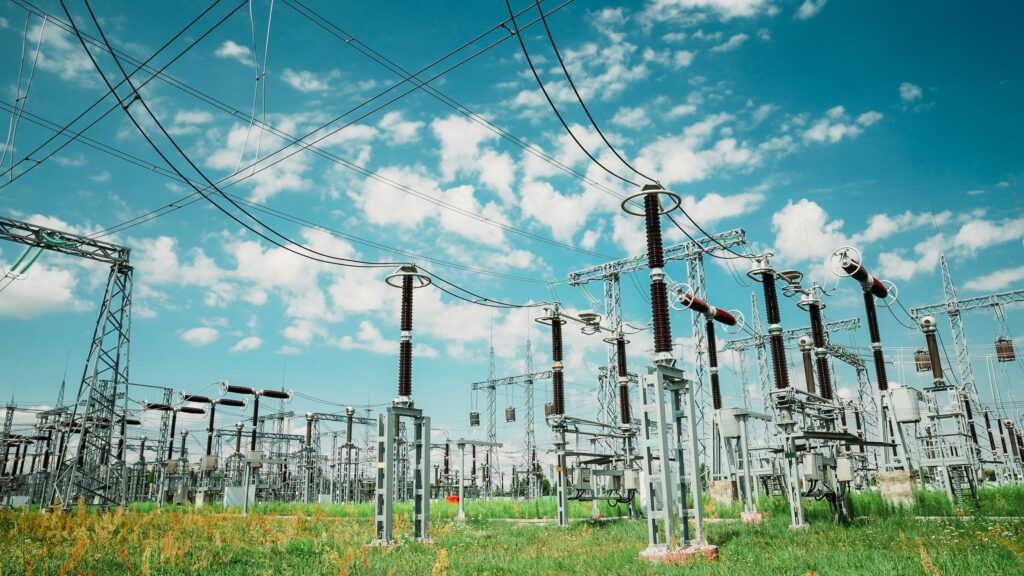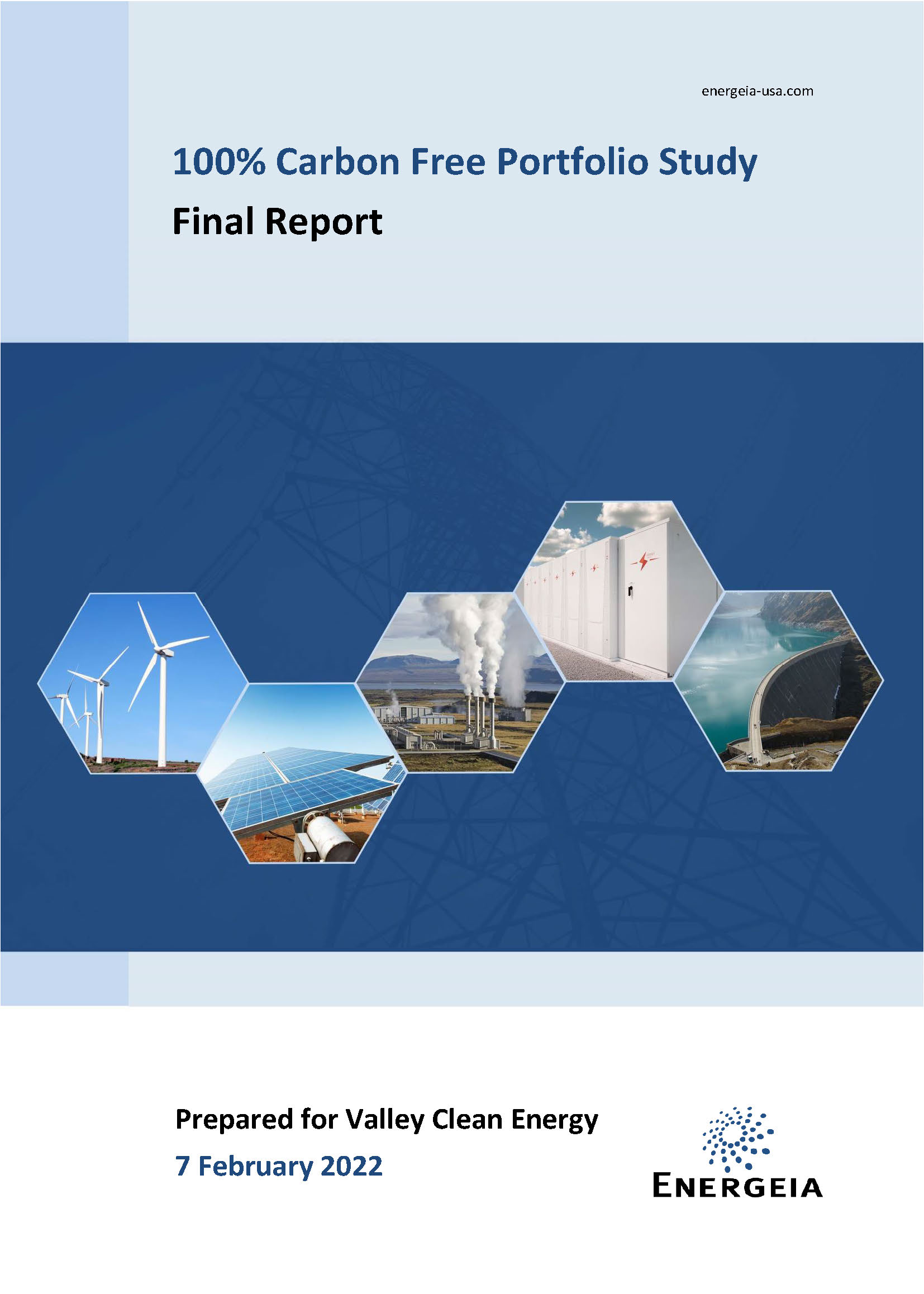- Reports
Zero-Carbon Portfolio Study for Valley Clean Energy
In response to California’s ambitious climate goals—Executive Order B-55-18 and Senate Bill 100 mandating carbon neutrality by 2045—Valley Clean Energy (VCE) is evaluating pathways to achieve zero carbon electricity by 2030. This effort aligns with more aggressive targets set by utilities like Sacramento Municipal Utility District (SMUD) (2030) and Los Angeles Department of Water and Power (LADWP) (2035).
Four optimized resource portfolios were modeled under two carbon balancing approaches—hour-by-hour (HBH) and annual carbon neutrality (CN)—and two resource constraints: carbon-free (including large hydro) and renewable-only (excluding large hydro). Solar PV and 4-hour lithium-ion batteries emerged as the most cost-effective core technologies, supplemented by other dispatchable resources.
The analysis revealed that achieving HBH neutrality would cost approximately $42.6 million annually—250% more than the $17 million required for annual CN. Sensitivity analysis showed that excluding green hydrogen and limiting energy sales to CAISO could further increase costs by $13 million annually. These findings will inform VCE’s strategic and resource planning as it considers practical pathways to a zero-carbon future.
Read the full report here.
For more information on Energeia’s research and analysis in reduced carbon emission portfolios, please contact us at [email protected]
For more information or to discuss your specific needs regarding EV data forcasting and modelling, please request a meeting with our team.
For more detailed information regarding key challenges facing electric vehicle uptake, please see Energeia’s Charge Ahead webinars and associated materials.
You may also like

Moreno Valley Integrated Resource Plan (IRP)
Energeia was engaged by Moreno Valley Utility (MVU) to develop their 2023-25 Integrated Resource Plan (IRP). As part of this process, Energeia will be analyzing

BESS Forecasting for an Array of Cities Nationwide
Energeia’s research and data engineering expertise proved essential in building a comprehensive custom database of utility grid infrastructure spatial data for each target market.

LADWP Develops an Integrated Human Resources Plan to Aid the LA100 Program
Los Angeles Department of Water and Power (LADWP) gathered a team of leading industry experts, including Energeia, to develop an Integrated Human Resources Plan (IHRP)


